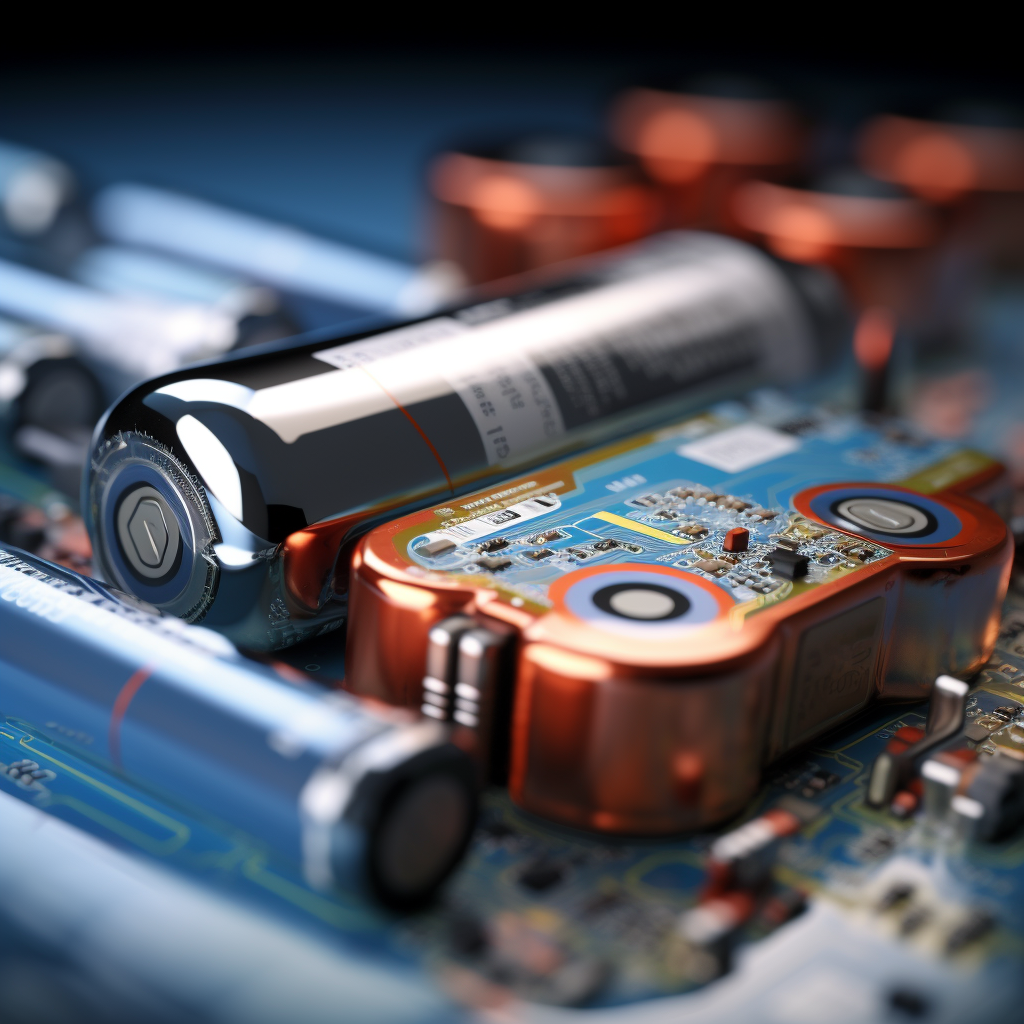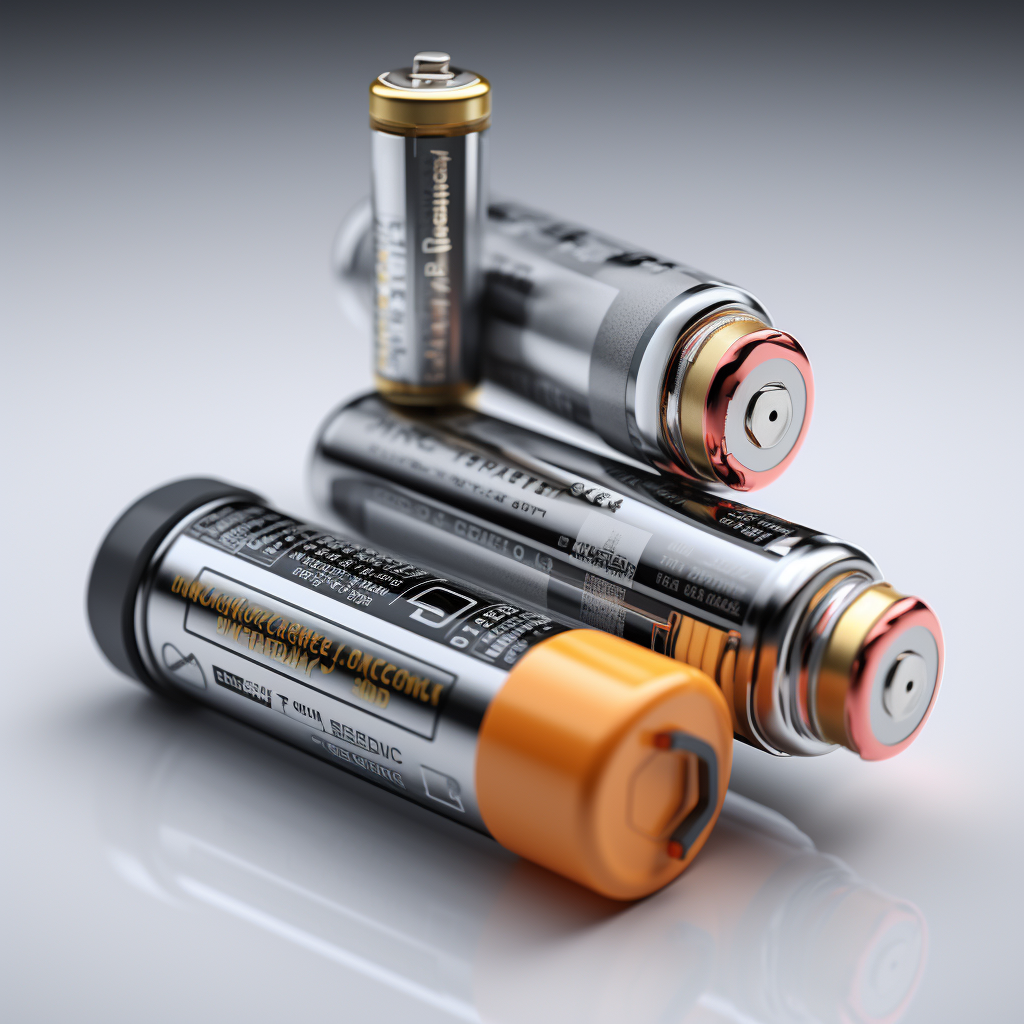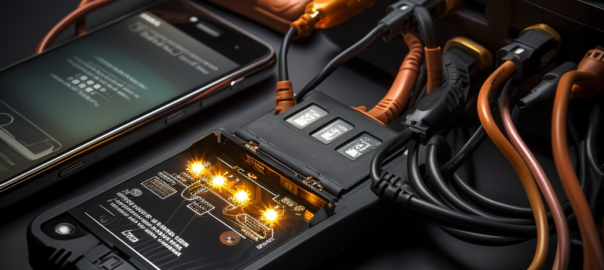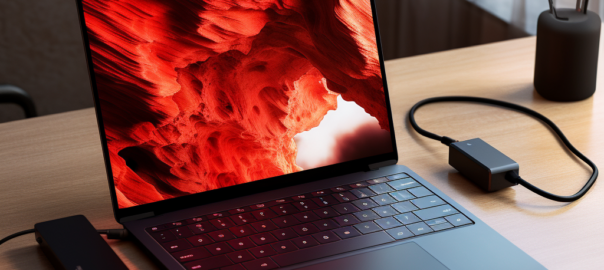Charging a lead-acid battery using a Li-Ion charger is a topic of interest to many, especially those in the DIY community, automotive industry, and renewable energy sectors. While this might seem like an effective way to utilize available resources, it’s important to proceed with caution. The two types of batteries—lead-acid and lithium-ion (Li-Ion)—have different charging requirements and tolerances. Charging a lead-acid battery incorrectly can result in poor performance, reduced lifespan, or even hazardous situations such as fire or explosion.
Given the high stakes involved, it’s critical to understand the intricacies and risks. In this comprehensive article, we will explore the differences between lead-acid and Li-Ion batteries, the safety measures to consider, and provide a detailed, step-by-step guide on how you can safely accomplish the task.
Contents
- 1 Understanding Lead-Acid and Li-Ion Batteries: A Brief Overview
- 2 Risks Involved in Charging a Lead-Acid Battery with a Li-Ion Charger
- 3 Precautions to Take Before Charging
- 4 Step-by-Step Guide to Safely Charge a Lead-Acid Battery with a Li-Ion Charger
- 4.1 Equipment You Will Need
- 4.2 Steps to Follow
- 4.2.1 Step 1: Initial Safety Preparations
- 4.2.2 Step 2: Inspect the Battery
- 4.2.3 Step 3: Configure the Charger
- 4.2.4 Step 4: Connect the Multimeter
- 4.2.5 Step 5: Initiate Charging
- 4.2.6 Step 6: Monitor the Process
- 4.2.7 Step 7: Time Management
- 4.2.8 Step 8: Termination
- 4.2.9 Step 9: Post-Charging Inspection
- 4.2.10 Step 10: Store Safely
- 5 Frequently Asked Questions
- 6 Expert Opinions and Final Recommendations
Understanding Lead-Acid and Li-Ion Batteries: A Brief Overview
Before diving into the mechanics of charging, it’s essential to have a foundational understanding of the two types of batteries involved—lead-acid and Li-Ion.
Lead-Acid Batteries
Lead-acid batteries are one of the oldest types of rechargeable batteries, invented in 1859 by French physicist Gaston Planté. They are primarily used in automotive, industrial, and emergency power systems. These batteries consist of lead plates submerged in a sulfuric acid solution, and they generate electricity through a chemical reaction between the lead and acid.
Key Characteristics:
- Voltage: Typically 12V or 6V
- Charging Efficiency: Approximately 85%
- Life Span: 3-15 years, depending on usage and maintenance
- Cost: Generally cheaper than Li-Ion batteries
Li-Ion Batteries
Lithium-ion batteries, abbreviated as Li-Ion, are a more modern invention, initially commercialized by Sony in 1991. They are commonly used in consumer electronics like laptops, smartphones, and increasingly in electric vehicles.
Key Characteristics:
- Voltage: Varies, but commonly 3.6V per cell
- Charging Efficiency: Over 95%
- Life Span: 2-7 years, depending on usage
- Cost: More expensive than lead-acid batteries
Key Differences
- Chemistry: Lead-acid uses lead and sulfuric acid, while Li-Ion uses lithium compounds.
- Voltage: Lead-acid batteries usually have a higher voltage per unit.
- Efficiency: Li-Ion batteries are more energy-efficient.
- Charging Method: Li-Ion requires a constant current/constant voltage (CC/CV) method, whereas lead-acid uses constant voltage or pulsed charging.
Understanding these differences is crucial when considering using a Li-Ion charger for a lead-acid battery. The differing chemical makeups and charging requirements can lead to complications if not adequately managed.

Risks Involved in Charging a Lead-Acid Battery with a Li-Ion Charger
Navigating the landscape of battery charging involves risk, especially when you’re attempting to charge a lead-acid battery with a Li-Ion charger. Both types of batteries have specific charging parameters that need to be respected for safety and optimal performance. Failing to do so can lead to a host of issues, some of which can be hazardous.
Key Risks
- Overcharging: Li-Ion chargers are generally designed to deliver a higher charging efficiency, and they might not automatically cut off when a lead-acid battery reaches full capacity. Overcharging a lead-acid battery can cause heat buildup, leading to swelling, leakage, or even an explosion.
- Undercharging: If the charger doesn’t deliver enough current or voltage, the lead-acid battery may end up undercharged. This can severely impact its lifespan and performance.
- Voltage Fluctuations: Li-Ion chargers might not provide the constant voltage levels that lead-acid batteries require, leading to unstable performance.
- Chemical Reactions: Incorrect charging methods can trigger unwanted chemical reactions in the lead-acid battery, producing hazardous gases like hydrogen, which can be explosive under certain conditions.
- Thermal Runaway: This is a dangerous condition where the battery temperature rises uncontrollably, causing internal or even external damage.
Legal and Warranty Concerns
Using a Li-Ion charger for a lead-acid battery is likely a violation of the warranty terms and conditions for both the battery and the charger. This could leave you with no option for replacement or repair should something go wrong.
Expert Opinions
Renowned battery experts, such as Dr. John Goodenough, who was instrumental in the development of the Li-Ion battery, have cautioned against using chargers interchangeably. The unique charging profiles for each battery type are based on years of research and should not be dismissed lightly.
Precautions to Take Before Charging
If you are considering using a Li-Ion charger to charge a lead-acid battery, taking precautions is non-negotiable. Despite the risks outlined in the previous chapter, certain measures can mitigate these risks to an extent. Here’s how to proceed with caution:
Equipment Check
- Voltage Compatibility: Verify that the Li-Ion charger can deliver the required voltage for the lead-acid battery.
- Current Rating: Ensure the charger’s current rating falls within the safe charging range of the lead-acid battery.
- Safety Features: Look for Li-Ion chargers that offer adjustable charging profiles and safety cut-offs.
Environmental Precautions
- Ventilation: Always charge in a well-ventilated area to dissipate any potentially hazardous gases.
- Temperature: Make sure the ambient temperature is within the safe operating range for both battery types, usually between 50°F and 85°F (10°C to 29°C).
- Fire Safety: Have fire safety equipment, such as a fire extinguisher designed for electrical fires, readily available.
Personal Safety
- Protective Gear: Wear safety glasses and gloves to protect yourself from acid and any potential splatters or sparks.
- Isolation: Keep the area clear of pets and children.
Pre-Charging Steps
- Inspect the Battery: Check for visible damage, leaks, or swelling. If any of these signs are present, do not proceed with charging.
- Consult Manuals: Refer to the user manuals of both the battery and charger to understand their specific charging requirements and safety measures.
- Expert Advice: If possible, consult with professionals or certified electricians who have experience in this area.
Taking these precautions can help in reducing the likelihood of a dangerous situation or equipment damage. But remember, there’s no way to entirely eliminate the risk involved in using a Li-Ion charger for a lead-acid battery.
Step-by-Step Guide to Safely Charge a Lead-Acid Battery with a Li-Ion Charger
By now, you’re aware of the risks and precautions involved in using a Li-Ion charger for a lead-acid battery. If you’ve decided to go ahead, this step-by-step guide aims to provide you with a procedural approach to minimize risks and optimize performance.
Equipment You Will Need
- Li-Ion charger with adjustable voltage and current settings
- Lead-acid battery
- Multimeter for voltage and current measurement
- Safety glasses and gloves
- Fire extinguisher suitable for electrical fires
Steps to Follow
Step 1: Initial Safety Preparations
Put on your safety gear and ensure that you are in a well-ventilated area. Make sure your fire extinguisher is within arm’s reach.
Step 2: Inspect the Battery
Inspect the lead-acid battery for any visible damage, leaks, or swelling. If you notice any of these, abandon the charging process immediately.
Step 3: Configure the Charger
Adjust the Li-Ion charger to the voltage and current settings appropriate for your specific lead-acid battery, as per its manual or specification sheet.
Step 4: Connect the Multimeter
Attach the multimeter to the battery terminals to keep real-time tabs on voltage and current. This will help you make quick adjustments if needed.
Step 5: Initiate Charging
Connect the Li-Ion charger to the lead-acid battery terminals, ensuring the correct polarity (positive to positive, negative to negative).
Step 6: Monitor the Process
Keep an eye on the multimeter and the battery. If you notice any sudden spikes in voltage or other anomalies, disconnect the charger immediately.
Step 7: Time Management
Charging time varies depending on the battery’s capacity and the charger’s output. Keep track of the time to avoid overcharging.
Step 8: Termination
Once the battery has reached its full charge or you’ve reached the maximum safe charging time, disconnect the charger.
Step 9: Post-Charging Inspection
After disconnecting, inspect the battery for any signs of damage or overheating. Let it sit for at least 15 minutes to stabilize before use.
Step 10: Store Safely
Store both the battery and charger in a cool, dry place away from direct sunlight and flammable materials.
By adhering to these steps and continually monitoring the charging process, you mitigate some of the risks involved in using a Li-Ion charger for a lead-acid battery. However, remember that this method is not endorsed by battery or charger manufacturers and should only be employed as a last resort.

Frequently Asked Questions
Charging a lead-acid battery with a Li-Ion charger raises a lot of questions. This FAQ section aims to address some of the most commonly asked questions to offer further clarity and guidance.
Q1: Can I Charge Any Lead-Acid Battery with Any Li-Ion Charger?
Answer: No, not all lead-acid batteries and Li-Ion chargers are compatible. You need to check voltage and current compatibility, along with safety features, before proceeding.
Q2: Is it Safe to Leave the Battery Charging Unattended?
Answer: Given the risks involved, it is strongly advised not to leave the battery unattended during the charging process.
Q3: Can I Use This Method for Regular Charging?
Answer: This method is not recommended for regular use. It’s more of a stopgap measure and doesn’t align with best practices for battery maintenance.
Q4: Will This Method Impact My Battery’s Lifespan?
Answer: Using a Li-Ion charger on a lead-acid battery may lead to undercharging or overcharging, which can adversely affect the battery’s lifespan.
Q5: What are the Signs of Successful or Unsuccessful Charging?
Answer: A successfully charged lead-acid battery should hold a stable voltage, usually around 12.6V to 12.8V for a 12V battery. Signs of unsuccessful charging include swelling, heating, and voltage instability.
Q6: Is This Method More Efficient?
Answer: While Li-Ion chargers are generally more efficient, the risk factors and potential for damaging the lead-acid battery outweigh any efficiency gains.
Q7: Can This Method Be Used in an Emergency?
Answer: It can be used as a last resort in emergency situations, but only if you adhere to the precautions and steps outlined in this article.
Q8: What if My Li-Ion Charger Doesn’t Have Adjustable Settings?
Answer: If your Li-Ion charger doesn’t allow you to adjust voltage and current settings, it’s strongly advised not to proceed with this method.
By understanding the answers to these frequently asked questions, you arm yourself with the additional knowledge needed to make an informed decision about whether or not to proceed with charging a lead-acid battery using a Li-Ion charger.
Expert Opinions and Final Recommendations
The subject of charging a lead-acid battery with a Li-Ion charger is fraught with both technical and safety challenges. Consulting experts in the field can offer additional insights that go beyond the conventional wisdom.
Academic Perspectives
Prominent researchers in the field of electrochemistry have frequently warned against the interchangeability of chargers for different battery types. The unique chemical makeup, voltage requirements, and charge-discharge cycles of each battery type are crafted through years of scientific research.
Industry Stance
Companies specializing in battery manufacturing also discourage the practice. They invest heavily in developing specialized chargers that are optimized for each battery type’s characteristics. Using a charger not designed for your battery type can void the warranty and lead to hazardous situations.
Final Recommendations
- Default to Manufacturer Guidelines: Always stick to the charger designed for your specific battery type whenever possible.
- Emergency Measures: Only consider using a Li-Ion charger as a last-resort measure and adhere strictly to the precautions and steps outlined earlier.
- Consult an Expert: If you’re uncertain, seek the advice of professionals or certified electricians familiar with both battery types.
By understanding the technical intricacies and associated risks, as well as acknowledging the expert opinions, you can make an informed decision regarding the charging of a lead-acid battery with a Li-Ion charger. Given the associated risks and complexities, it’s clear that this method should only be used in exceptional circumstances and with extreme caution.










